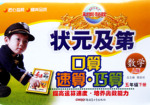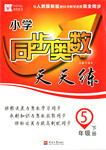题目内容
—Is that cap Bob’s?
—No, it________be his. His cap is blue.
A.can’t B.mustn’t C.needn’t D.may not
练习册系列答案
 状元及第系列答案
状元及第系列答案 同步奥数系列答案
同步奥数系列答案
相关题目
题目内容
—Is that cap Bob’s?
—No, it________be his. His cap is blue.
A.can’t B.mustn’t C.needn’t D.may not
 状元及第系列答案
状元及第系列答案 同步奥数系列答案
同步奥数系列答案